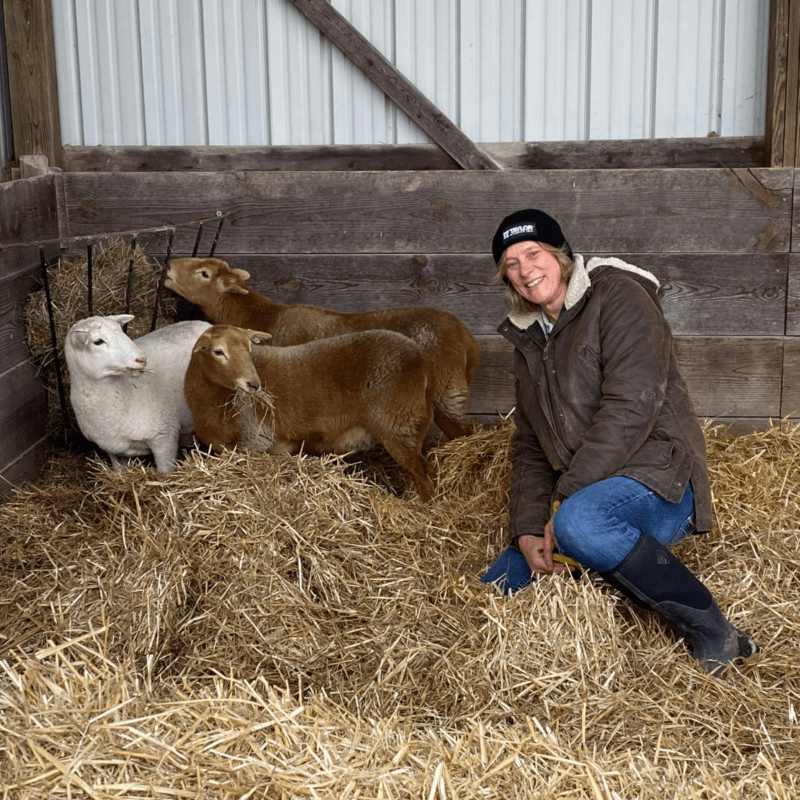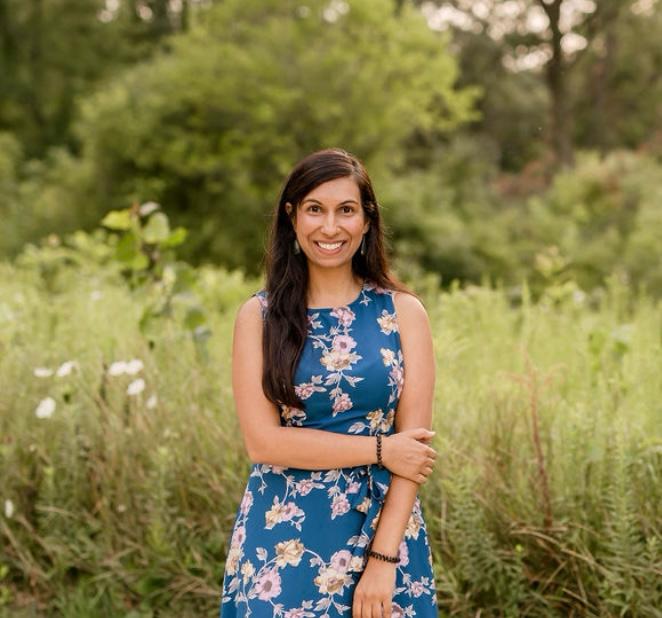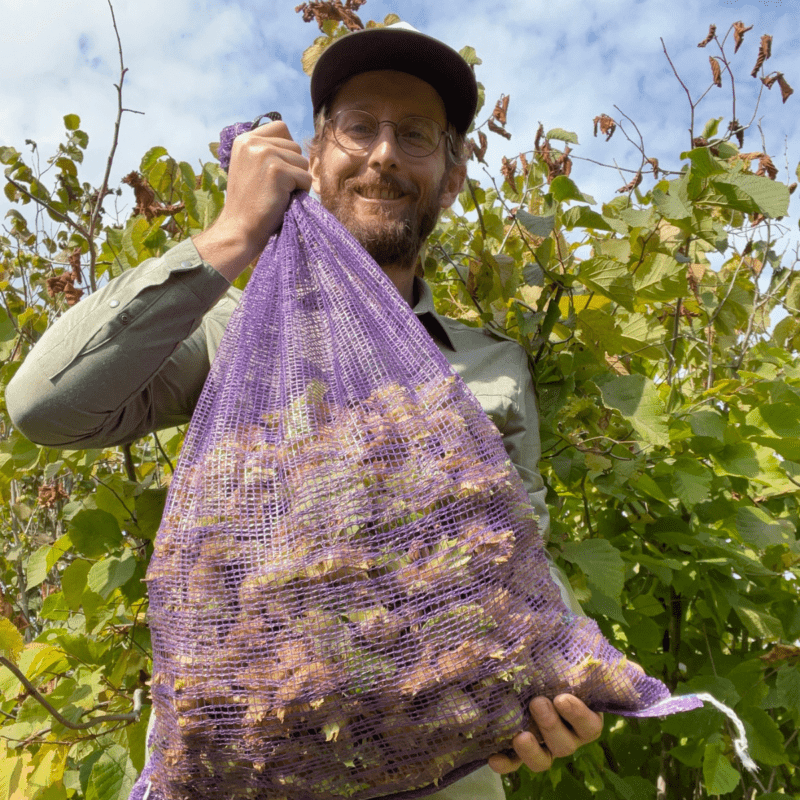Join Us

Are you a Climate Land Leader?
You’re eligible to join Climate Land Leaders if you:
Own or manage farm or forest lands in the Midwest;
Want to use your lands to create climate resiliency;
Are willing to implement conservation goals;
Share and learn with other land stewards.

As a Climate Land Leader, you’ll join others on a journey to:
- Take steps to improve soil health on working lands
- Reduce synthetic chemical use/external inputs
- Increase diversity of plants and animals
- Increase perennials
- Take steps to restore the land’s hydrology
- Enhance community vitality and equity
- Deepen your relationship with the land
- Practice self-care to maintain your well-being for the long-term
- Move to protect your regenerative land practices after you’re gone

Through participation you’ll gain:
- A community of like-minded land stewards who will support and inspire you
- Access to synthesized and practical information most relevant to your needs
- Knowledge from perennial agriculture experts
- Nudges by the Climate Land Leaders staff to help you set goals and stay on track
- An enhanced sense of commitment, community and resolve to address the climate crisis

Ways to participate include:
- Sharing your conservation goals with fellow Climate Land Leaders
- Learning from fellow Climate Land Leaders also making changes
- Serving as an advisor to other Climate Land Leaders
- Conducting soil testing and participating in on-farm research and demonstration
- Sharing publicly your story about land transformation, if you choose
- Donations to the organization are encouraged, but there is no fee for participation

Topics you’ll learn about include:
- Putting climate change in context
- Primers on soil health and water quality
- Setting your goals and how you’ll get there
- Tapping into helpful sources for technical assistance
- Working with your farming tenant for change
- Accessing government programs that support conservation
- Holding grief – and hope – about climate change
- And much more….
